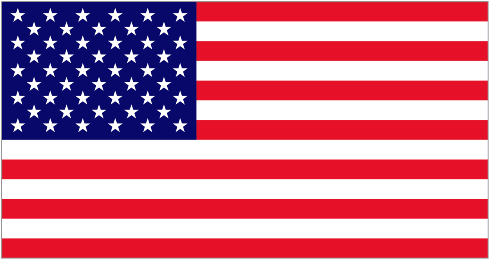Through learning chords in other positions, patterns begin to appear. We will examine the patterns or figures in individual lessons as well the different positions of the chords in question. In this lesson, we will explore the D Major chord in the 2nd and 3rd position as well as provide an exercise whereby you can practice this. Here is where it really starts to get interesting!
D Major 1st, 2nd & 3rd Position
As you know, the first position of D Major is as follows:
D Major 1st Position
The second position of D Major makes use of the figure of B Major. What we do is, we take the B Major chord, and slide it down 3 frets making use of a bar. Here is an illustrated comparison:
B Major
D Major 2nd Position
The logic is as follows: Essentially what we are doing is moving the B Major chord 3 halftones down the fretboard. Each fret represents one halftone, and when we move 3 halftones from B then we end up in D. Take a look at the illustration below:
In another lesson we will refer to the figure of B Major. This means that we are making use of the same pattern or figure made by the position of the fingers when marking the chord and apply it to create other chords by moving the position along the fretboard.
D Major 3rd Position
Remember how G Major looks like in it’s first position? Take a refreshing look:
G Major 1st Position
Notice a similarity here? What we are doing is making use of the figure of G Major to mark the D Major chord in it’s 3rd position. We do this by rolling the G Major chord down by marking a bar all the way to the 7th fret. Now you should be able to play the D Major in it’s 1st, 2nd and 3rd position. We recommend that these be practiced in a specific way, preferably by making use of the Dominant and Sub-dominant notes of D Major. We will review the different positions of the Tonic, Subdominant & Dominant in another lesson, for now make sure you practice the D Major in it’s 1st, 2nd & 3rd position.
Why play chords in different positions? Well, this way you can follow the tone or the pitch of the music being played. If the song changes all of the sudden to a D Major in a higher octave, then you will be able to play the chord as opposed to being stuck on a lower D Major chord. This will become more apparent as you move through the exercises and practice.








